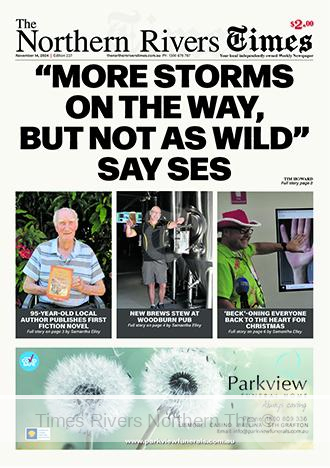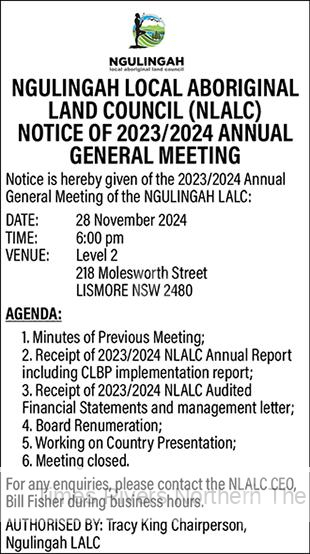Latest Climate Change Data Equips NSW to Face Future Heat Challenges
The NSW Government has released updated climate change projections designed to help governments, agencies, businesses, landholders, and communities plan and adapt to the future climate. These projections underscore the urgency for further action to reduce emissions and emphasize the need for informed planning to enhance the resilience of households, communities, and businesses against the impacts of climate change, including extreme weather events.
The third iteration of the NSW and Australian Regional Climate Modelling (NARCliM) offers detailed forecasts for NSW, based on global emissions scenarios. Previous versions were released in 2014 (NARCliM 1.0) and 2021 (NARCliM 1.5). The updated projections, available at a fine (4km) scale for southeast Australia and a coarser (20km) scale over Australasia, are among the most detailed climate data available in the country.
NARCliM 2.0 predicts that by 2100, NSW can expect:
- Increased average temperatures across all regions, with the most significant rises occurring inland,
- More hot days exceeding 35°C in all parts of the state,
- Fewer cold nights below 2°C, particularly along the Great Dividing Range, and
- An increase in extreme weather events, including more severe fire weather days across NSW by 2050.
The updated data models two greenhouse gas emissions scenarios, projecting the future climate in NSW under each. For the first time, NARCliM provides low emissions scenario projections, highlighting the benefits of achieving the Paris Agreement targets. By 2090, under a low emissions scenario, temperatures are expected to rise by an additional 1.3°C, with up to 15 more days each year exceeding 35°C. Under a high emissions scenario, temperatures could rise by an additional 4°C, with up to 45 more days above 35°C annually.
These projections illustrate the critical need for continued efforts to reduce greenhouse gas emissions, as failing to do so will exacerbate the impacts of climate change on health, the environment, and the economy.
The NARCliM projections provide robust, reliable data about NSW’s future climate, which will be instrumental in informing risk assessments, planning, and research aimed at enhancing climate resilience.
This data reinforces the Minns Labor Government’s commitment to making climate change action a priority across all government sectors, enshrining emissions reduction targets in law, and legislating an adaptation objective to ensure NSW becomes more resilient to a changing climate.
The NARCliM climate projections are developed by the NSW Government in collaboration with the ACT, South Australian, Victorian, and Western Australian governments, National Computational Infrastructure, Murdoch University, and the University of NSW. This update is part of the NSW Government’s broader commitment under the NSW Climate Change Adaptation Strategy.
Statewide and regional NARCliM projections are available online at NSW Climate Change Projections.
Quote from Minister for Climate Change and the Environment, Penny Sharpe
“The data presents us with two clear choices: do nothing and lock in more extreme weather events, or take action now to reduce emissions and limit the damage. We can’t plan for the future without the best data, and that’s what NARCliM provides. Government agencies, businesses, farmers, and local decision-makers can now access these updated climate projections to make informed decisions on how to prepare for a changing climate.
This data will be crucial in protecting critical infrastructure, including hospitals, transport networks, dams, and energy systems, from the impacts of extreme heat, fires, and floods. The Minns Labor Government is committed to taking strong action on climate change to reduce emissions, enhance the resilience of our communities and environment, and ensure our economy remains strong, robust, and supported by local, secure jobs.”
For more environmental news, click here.





 Tweed Shire News2 years ago
Tweed Shire News2 years ago
 Motoring News2 years ago
Motoring News2 years ago
 COVID-19 Northern Rivers News3 years ago
COVID-19 Northern Rivers News3 years ago
 COVID-19 Northern Rivers News3 years ago
COVID-19 Northern Rivers News3 years ago
 Northern Rivers Local News3 years ago
Northern Rivers Local News3 years ago
 Health News3 years ago
Health News3 years ago
 COVID-19 Northern Rivers News3 years ago
COVID-19 Northern Rivers News3 years ago
 NSW Breaking News3 years ago
NSW Breaking News3 years ago













